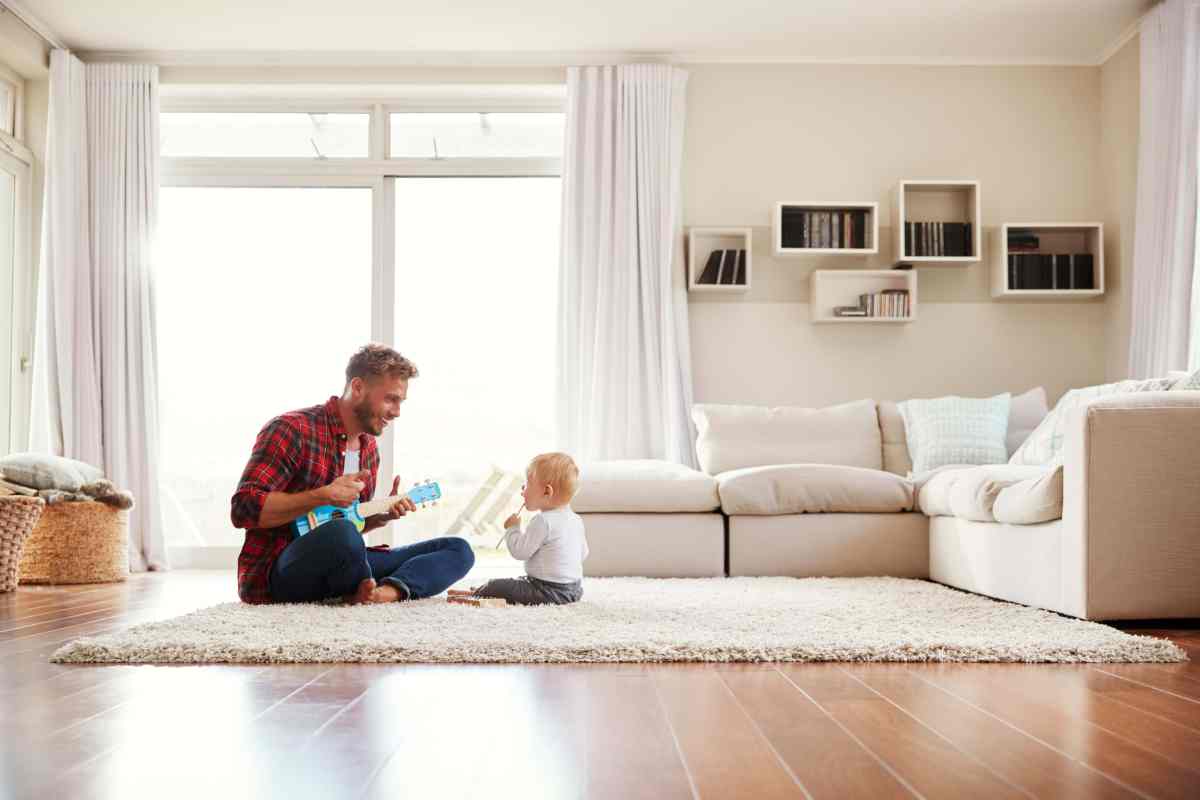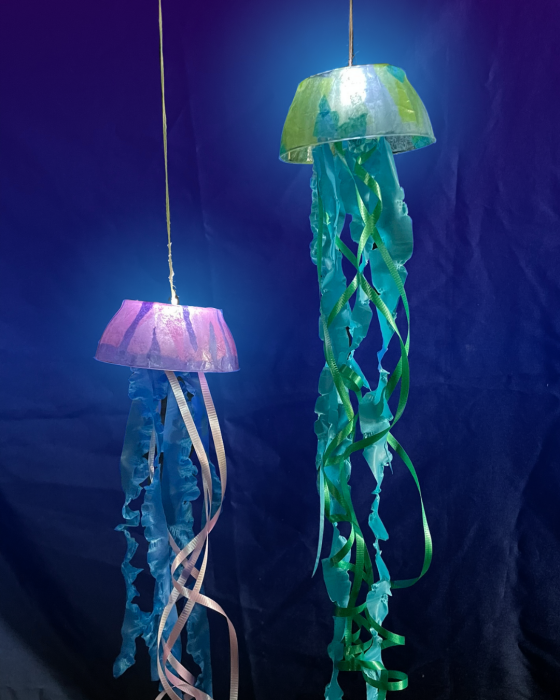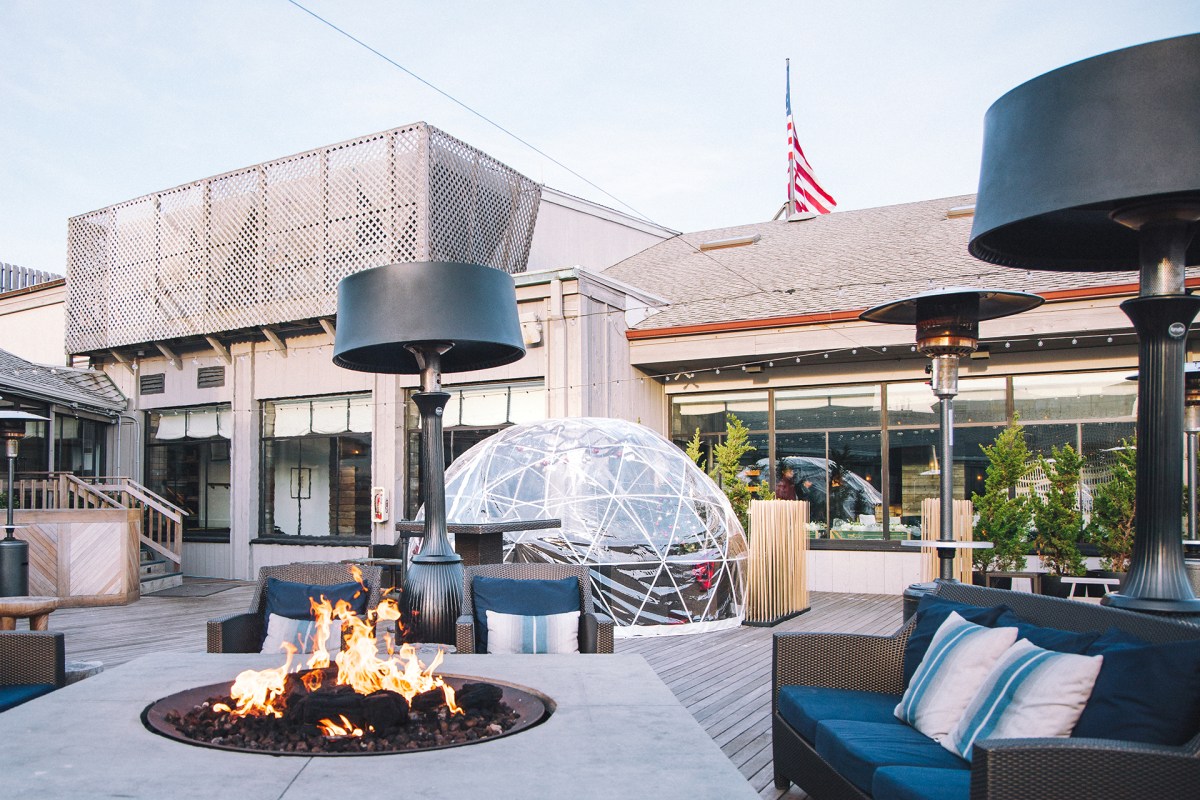It’s a magical time filled with joys and new challenges.
While making happy memories in a new house that may become a growing family’s home, many savvy homeowners are thinking ahead and creating kid-friendly spaces by mixing grown-up design elements with playful additions — but keeping safety in mind.
“Think five senses — sight, sound, touch, smell, and taste — when you want to create a home that’s inviting and kid friendly,” says Deborah Serani, a Smithtown-based psychologist, award-winning author, and senior professor at Adelphi University. “Using colors, textures and mindful design can invite well-being in the home that will continue for decades.”
FAMILY FRIENDLY ENVIRONS
Keep it airy and bright. Install an indestructible floor, use easy-to-clean semigloss paint on walls, and think transitional for a growing family’s changing needs.
Local design pros Mary Middlemiss and Nancy LaCalamita of Twice As Nice Interiors made their client’s family room dreams come true.
“The current space was a cement basement, so we needed to get very creative and keep it fun, and the parents stress free,” says Middlemiss. Sectioning off concept areas added tons of color and a vibrant, fiber-sealed area rug. “Everything is kid friendly.”
The furniture was fabricated in super-durable, tot- and pet-friendly Crypton fabrics. One section is a stylish room divider that floated from the ceiling and added privacy. This became the art studio/craft area with homework stations. Down the center, they placed a multifunctional gaming table and added pop art portraits of the children to make it feel like it was their own personal space.
“Our basement is the kids’ favorite area,” says the client, Lisa Farhat of Syosset. “We have a great movie area, an art studio, small gym, bathroom, fantastic laundry room, and plenty of storage. We even have an area for a popcorn machine and mini-fridge.”
THINK FUN, MINDFUL
“Painting walls with light jewel-tone hues creates feelings of warmth and comfort,” Serani says. “So does adding a pop of color throughout with sturdy, textured pillows, patterned and easily cleaned throw rugs, framed kid-made pictures, or playful wall décor.”
Be mindful of the flow, creating open space for easy living.
“Studies tell us that clutter-free environments enhance creativity, deepen relaxation, lower blood pressure, and improve well-being,” Serani continues. “Also, light is vital for a healthy home, so bring it in. Choose lightbulbs that aren’t fluorescent, as their harsh light can cause irritability.”
Serani also notes that studies on well-being and design say that having lots of sunlight enhances one’s mental and physical well-being, as does aromatherapy.
“Choose kid-safe essential oils and diffusers,” she adds, noting that citrus, lavender, vanilla, and cinnamon are very soothing. But candles, stick diffusers, and potpourri aren’t safe for tots.
LIVING AND LEARNING
Having a designated playroom is ideal for many families, but when it’s not feasible, parents can create safe play spaces in any area of their home by providing open shelving at their little ones’ heights, says certified school psychologist Jacalyn Bruno, Psy.D., owner of Blue Point-based Child Psychology of Long Island.
“When creating a bedroom for your little ones, make the space safe for them to explore on their own, freely and independently, so you can feel comfortable stepping away for a few moments,” Bruno suggests.
She notes that when everything is within a child’s reach — so there’s no reason for them to attempt to climb or stand on furniture — they will begin to learn responsibility and independence at a very young age.
Consider a “floor bed,” kid-sized chairs, plastic containers, or colorful play rugs.
“Have plenty of bookshelves in different areas, sending the message that reading is important,” says Meri Wallace, child and family therapist, Psychology Today blogger, and author of Birth Order Blues and Keys to Parenting Your Four-Year-Old.
SAFETY TIPS
Childproof your home early on. Lock doors and cabinets, use baby gates, fence off the pool, and secure TVs and unstable furniture to walls.
“This gives your child the message that curiosity and exploration are acceptable in your home, but they must be done in a safe way,” says Wallace.
She suggests involving children in decorating their room. It helps them feel responsible and connected to the home.
Now it’s time to enjoy these spaces that the whole family will love.





























